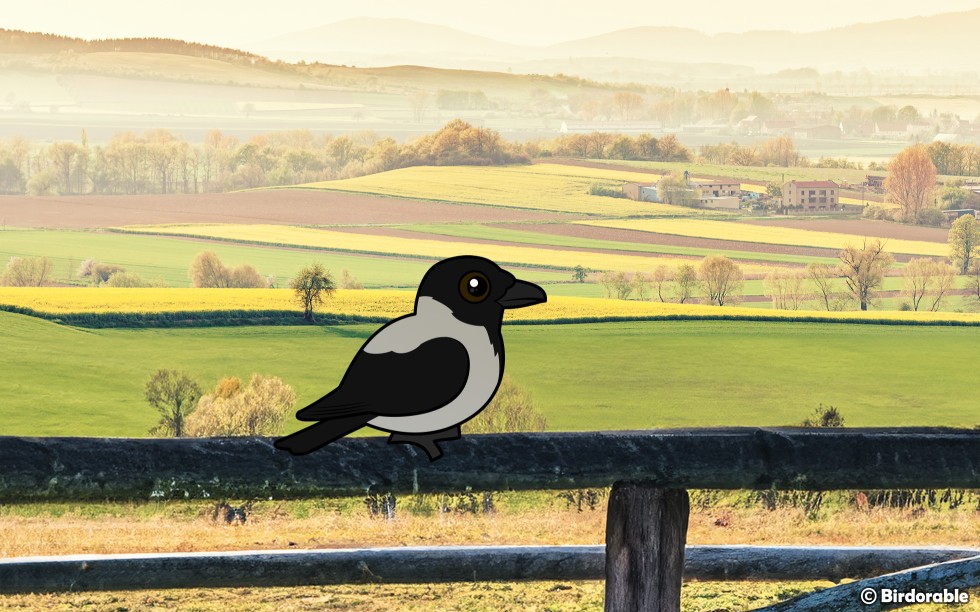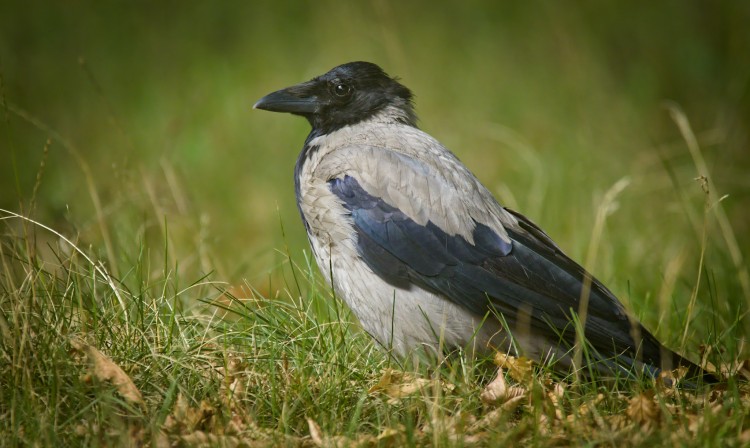Birdorable Welcomes the Hooded Crow: Elegance Meets Intelligence

The Hooded Crow, with its striking grey and black plumage, is a bird that often captures the curiosity and fascination of birdwatchers and nature enthusiasts alike. This intelligent and adaptable bird is a member of the corvid family, which includes other smart birds like ravens, jays, and magpies. The Hooded Crow, scientifically known as Corvus cornix, is widespread across Europe and parts of the Middle East, thriving in a variety of habitats from urban areas to the wilder, untouched parts of its range.
One of the most notable features of the Hooded Crow is its distinctive appearance. Unlike its all-black cousin, the Carrion Crow, the Hooded Crow sports a light grey body, wings, and tail, contrasting sharply with its black head, throat, wings, and tail tips. This unique coloration not only makes it easy to identify but also adds a touch of elegance to its overall demeanor.
The Hooded Crow's diet is impressively varied, showcasing its adaptability and intelligence. These birds are omnivorous and not particularly picky eaters. Their diet includes insects, small rodents, grains, fruits, and even carrion. In urban areas, they've been known to cleverly navigate human environments to find food, showcasing their problem-solving skills and ability to coexist alongside humans.
Socially, Hooded Crows are fascinating creatures. They are often seen in pairs or small groups and exhibit complex social behaviors, including cooperation and problem-solving skills that are thought to rival those of some primates. During the breeding season, which begins in early spring, these crows are known for their monogamous relationships, with pairs often staying together for many years, if not for life. Nests are typically built in tall trees and are constructed from twigs and lined with hair and other soft materials, where the female lays between 3 to 5 eggs.
Perhaps one of the most remarkable aspects of the Hooded Crow's behavior is its ability to use tools, a trait that is relatively rare in the animal kingdom and indicative of high cognitive abilities. Studies have shown that Hooded Crows can use sticks and other objects to extract food from tight spaces, demonstrating a level of ingenuity and problem-solving ability that is truly impressive.

Hooded Crow by hedera.baltica (CC BY-SA 2.0 DEED)













Comments
Leave a comment
Thank you!